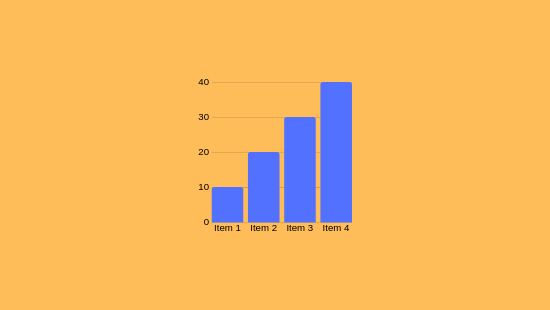
As you delve into forex measurements, you'll discover they're mathematical tools analyzing price and volume data to forecast market movements. These indicators aid in signaling trends, validating signals, and detecting overbought or oversold situations. For example, the Relative Strength Index (RSI) tracks market force, while Bollinger indicators measure variability. Enhancing your trade techniques by combining these indicators is crucial, especially if aiming to manage risk effectively.
Understanding Forex Indicators
Forex indicators are computational devices integrated in graphs to assist traders in analyzing market trends and making informed decisions. They provide perspectives into price changes and market possibilities by examining past and present market figures.
Forex tools are categorized into four main types: trend indicators (e.g., Moving Averages), momentum indicators (e.g., Relative Strength Index), volatility indicators (e.g., Bollinger Bands), and volume indicators.
These instruments can indicate market turns, validate ongoing patterns, or highlight overbought/oversold climates. If you're focused on refining your trading strategy, grasping their roles is vital.
Types of Forex Indicators
Upon evaluating market trends, investors usually employ a selection of measures to aid in decision-making.
Forex tools are categorized into different classifications, each serving specific purposes.
Trend Indicators like Moving Averages (MA) and Bollinger Bands aid in uncovering movement patterns and possible price surges.
Momentum Indicators, such as the Moving Average Convergence/Divergence (MACD) and Relative Strength Index (RSI), identify momentum changes and indicate excessive buying/selling.
Volatility Indicators like the Average True Range (ATR) quantify market variability, assisting investors in setting stop-loss thresholds.
When applied wisely, these indicators can boost trading proficiency.
Essential Instruments for Trading Choices
To effectively make trading decisions, understanding and applying key indicators that evaluate market states is essential.
Price Movements (MA) display average prices over determined timeframes, revealing trends by evening out variations.
The RSI measures momentum on a 0–100 scale, indicating excess buy above 70 and signaling oversold scenarios below 30.
MACD compares two EMAs to confirm the trend direction, with histograms displaying positive or negative trajectories.
Bollinger Bands apply standard deviations around a moving average to assess fluctuation and potential reversals.
Fibonacci Retracement levels denote support/resistance zones considering historical shifts.
Synthesizing these indicators boosts accuracy by authenticating prompts if congruent, facilitating precise timing for currency pairs.
Employing Indicators in Risk Oversight
As you fine-tune your trading strategy, effectively best forex indicators for day trading utilizing measurement tools for risk control is crucial. Indicators like Moving Averages and Bollinger Bands notice volatility and spot viable trade junctures for risk minimization.
These tools permit the setting of stop-loss orders and limit orders, critical for limiting possible losses.
For example, applying stop-loss orders restricts your loss to a certain amount, such as 2% of your trading portfolio per trade. This measured strategy helps in managing trading risks by limiting exposure to market volatility and leverage, which are notable risks in forex trading.
Integrating Indicators for Improved Precision
Merging measurement tools is a accomplished tactic for boosting precision in forex trading. This method enables for the leveraging of multiple tools to examine several facets of market behavior, such as trends, momentum, and variability.
By utilizing indicators like Moving Averages, RSI, and MACD, you can formulate formidable trading strategies. For example, pairing Moving Averages with RSI and Volume validates trend direction and momentum, while Bollinger Bands with Stochastic assess fluctuation and anticipate reversals.
If diverse measurement tools work together, duplications are minimized, and trade signals are intensified.
Conclusion
You've understood how forex indicators function, covering their types like trend, momentum, and volatility tools. These instruments aid in uncovering pivots and confirming trend continuity. By integrating indicators, trading precision is enhanced, and risk oversight is better managed. As an example, using the Relative Strength Index (RSI) to highlight buying peaks and Bollinger Bands to evaluate volatility can improve your decisions.